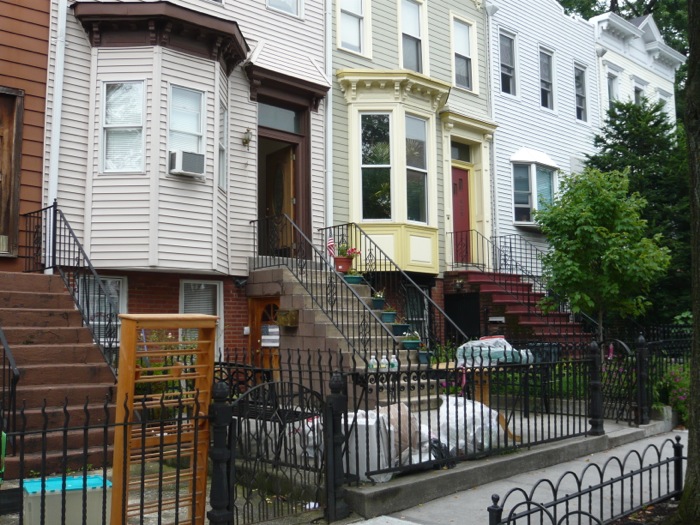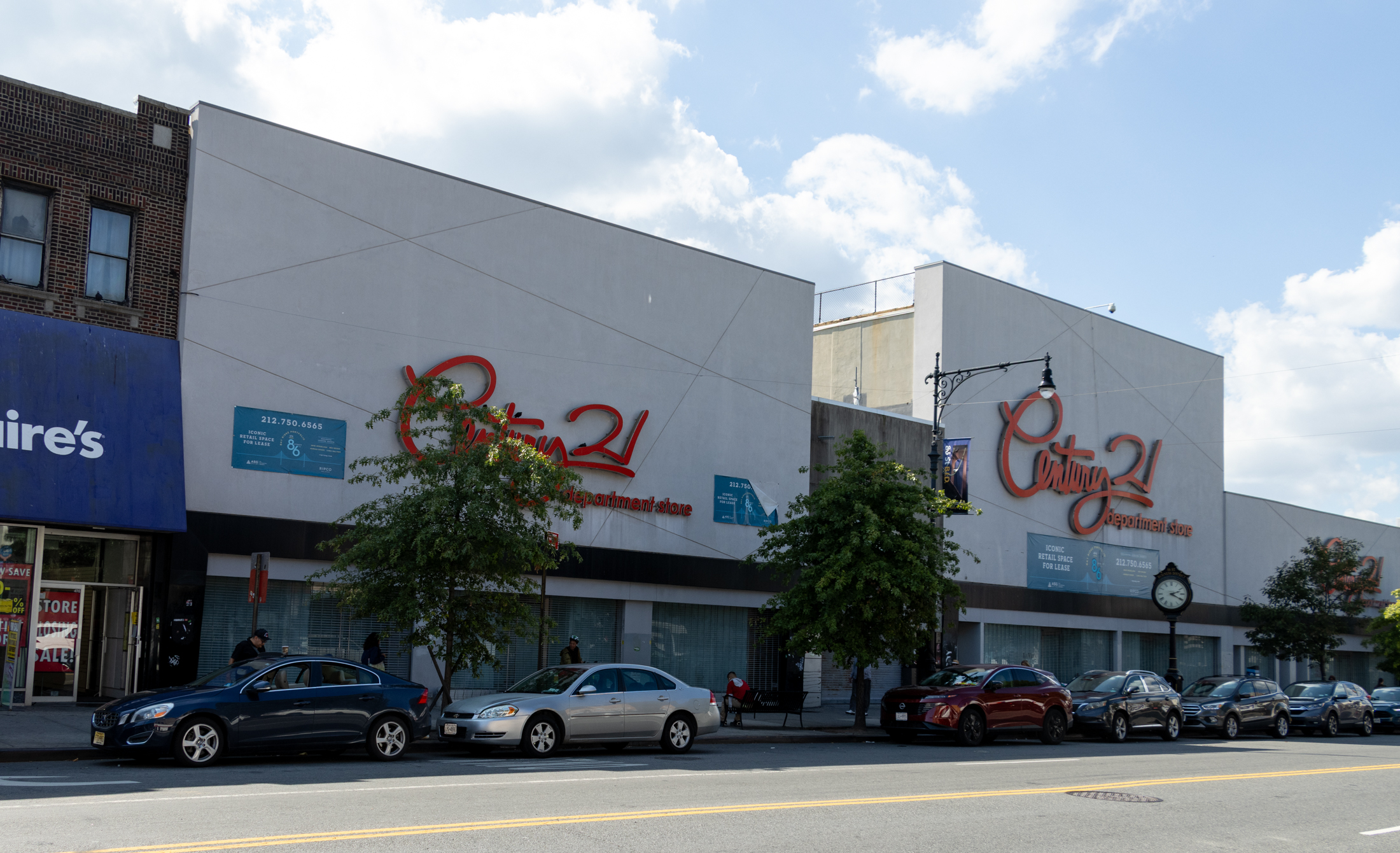Brooklyn Prices Set to Cool Off?
We’ve noticed several signs recently that the quickly rising prices for Brooklyn town houses may begin to slow soon. Nationally, growth of home prices is slowing down, according to the Case Shiller index. Mortgage interest rates have finally begun to rise. And, finally, equity-backed investment firms — which have purchased at least an estimated third…


We’ve noticed several signs recently that the quickly rising prices for Brooklyn town houses may begin to slow soon. Nationally, growth of home prices is slowing down, according to the Case Shiller index. Mortgage interest rates have finally begun to rise. And, finally, equity-backed investment firms — which have purchased at least an estimated third of homes across the U.S. and buoyed prices nationally as well as in Brooklyn in recent years — are beginning to falter. Last week, the U.S.’s second biggest owner of single-family rentals, American Homes 4 Rent, laid off employees after going public. Early mover Carrington Holding has stopped buying single-family homes to rent and has started to sell, reported Businessweek.
“We just don’t see the returns there,” said the company’s chief executive officer in the story. “There’s a lot of — bluntly — stupid money that jumped into the trade without any infrastructure, without any real capabilities and a kind of build-it-as-you-go mentality that we think is somewhat irresponsible.” At least three companies have reported losses in their single-family rental investment businesses because they snapped up houses faster than they could fix them up and fill them with tenants. “Colony American Homes, a division of Thomas Barrack Jr.’s Colony Capital, has found tenants for only 51 percent of the 9,931 homes it bought for $1.4 billion, according to a May 28 regulatory filing. American Residential Properties (ARPI) and Silver Bay Realty Trust (SBY) reported losses in the quarter ended March 31,” the story said.
Closer to home, we hear even more inventory is about to come on the market in Bed Stuy — so much inventory that prices are expected to slow or even plateau there. What do you think? Could sale prices for town houses slow across the borough? What about apartments and rentals?





The inventory coming online in Bed Stuy is likely to be snapped up by a firm like Dixon.. At least that’s what the weak-handed flippers in BS are hoping for.
tl;dr
> “There’s a lot of — bluntly — stupid money that jumped into the trade…”
And the winner of Understatement of the Year is…
Here comes BHO, drooling.
Agreed Joe, but I think that assumes the buyers are local as well. There’s been an influx of institutional buyers that have a larger footprint than the local market which means their local decisions may be more affected by national trends (ex. Best Buy shutting locations in down in NYC even though they probably were doing ok in order cut down on high cost locations)
To be fair Dave – some of the supporting articles are looking at investment firms who are purchasing property more quickly than they can find tenants for, so it is not only condos and coops. It also is looking at flippers who can’t move their inventory (which I am increasingly seeing more of, especially in bed-stuy). Also, I would argue that condos and coops feed off brownstone prices, especially in the price per square foot categories.